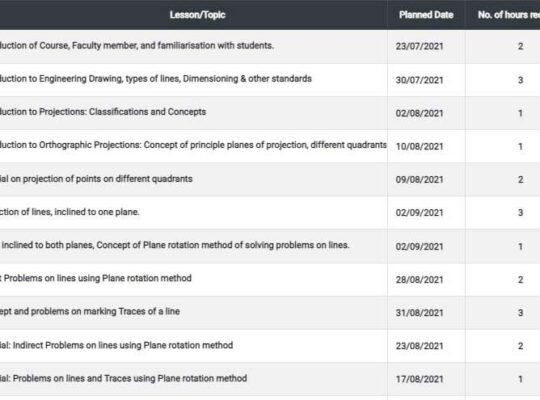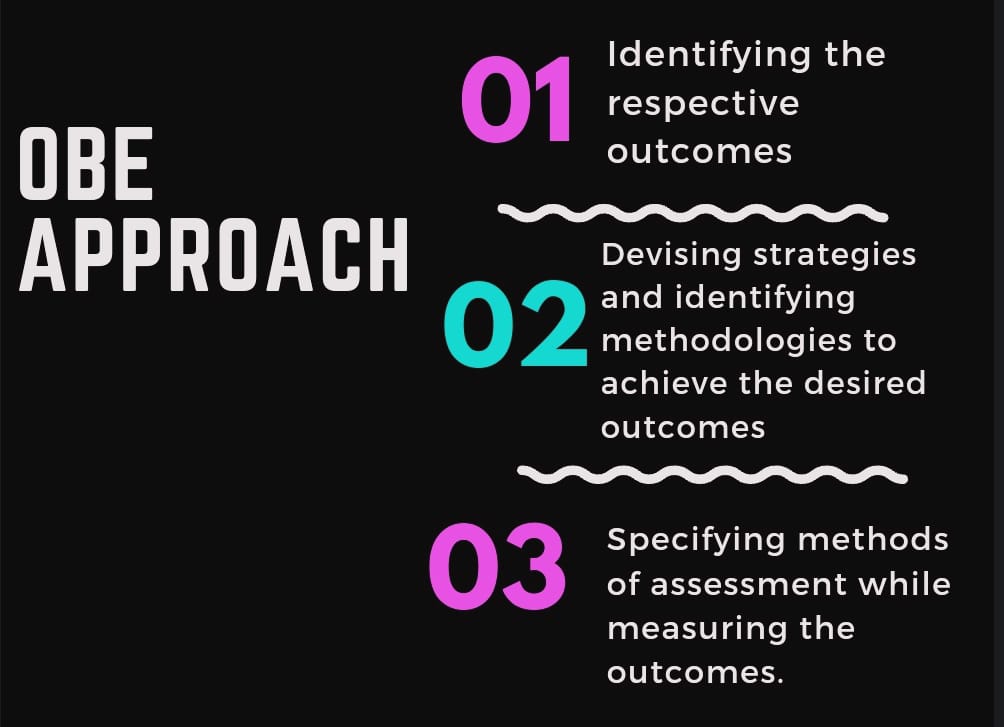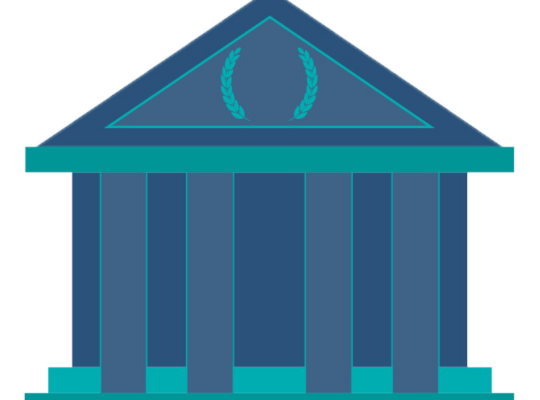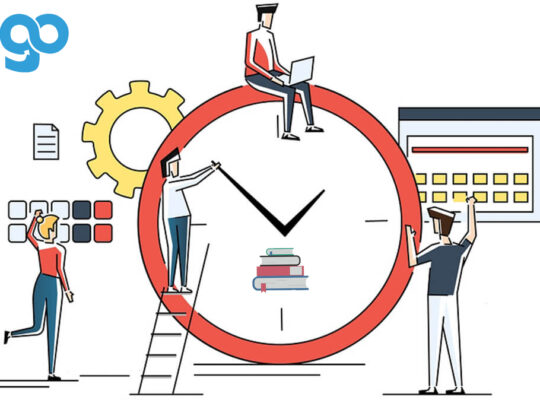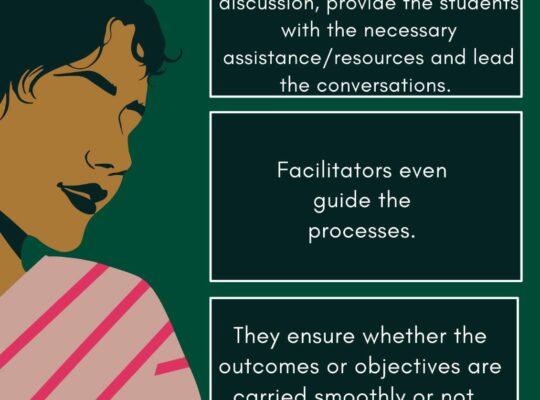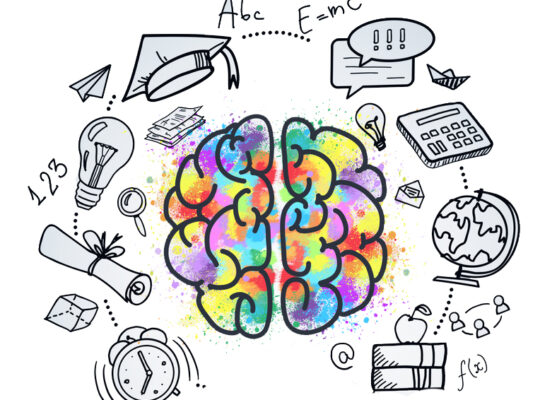The major purpose of educational establishments is to transfer knowledge and improve cognitive abilities. Problem-solving ability is without a doubt one of the most crucial cognitive skills. Of course, problem solving is a big part of core courses like math and science, as well as professional fields like medicine, engineering, and architecture. Problem-solving is present in practically every aspect of education; for example, reading and writing contains significant problem-solving components. Even a simple task like extracting knowledge from long-term memory might be considered a problem-solving activity.
The curriculum, the difference between teaching and learning, sequencing, preparation, and transfer are all ideas and priorities that influence how educators think about learning. The concepts serve as a “screen” through which to comprehend and evaluate what psychology has to offer in the field of education. As it seems, many educational psychology theories, concepts, and ideas pass the “screen” of education, implying that they are congruent with a teachers’ professional interests and useful in solving major classroom teaching difficulties.
Cognitive learning is a method of instruction that encourages students to make better use of their brains. This is an active, productive, and long-term learning strategy. It encourages students to fully participate in the learning process, making it easier for them to learn, think, and remember.
It’s not about retention, memorization, or consistency when it comes to cognitive learning. It’s about gaining actual comprehension and learning how to learn.
The following are some examples of cognitive learning strategies:
- Students can be asked to reflect on their experiences
- Students can be assisted in the discovery of innovative answers to challenges
- Students can be encouraged to talk about what they’re learning by allowing them to explore and comprehend how concepts are related
- Students can be asked to justify and explain their decision
- Students’ learning and recall can be improved by using visuals
Cognitive learning helps learners by:
- Identifying the most effective learning method for them, whether your student is a visual, auditory, or other type of learner.
- Assisting your student in properly remembering and applying new concepts
- Teach your student how to learn in a “big picture” manner, so that they can see how minor ideas fit into larger ones.
The fundamental aspects of cognitive learning are:
- Comprehension
The most crucial aspect of mastering a subject is comprehending the rationale for learning it. For example, you must first recognise that you want to become a certified digital marketing specialist before enrolling for a specialization program in digital marketing
- Memory
When it comes to choosing a profession, your level of understanding is crucial. When it comes to knowledge retention and application, memory comes in second. For example, if you want to be a competent construction worker, you must first have a thorough understanding of the field. It will be easier to remember theoretical concepts later if you have a thorough understanding of the concepts.
- Application
The third and most crucial ability is to apply the knowledge in real-life situations or to build the necessary problem-solving capacities.
Application & Strategies of Cognitive Learning in Classrooms
Learners can use cognitive learning to think critically, efficiently, and effectively. Learning with Cognition improves a learner’s ability to remember concepts for longer periods of time. Memorization is only one aspect of cognitive learning. It’s all about gaining a better knowledge of and recognising your learner’s style of learning.
Here are a few Cognitive Learning Strategies:
- Assist students in identifying multiple solutions to an issue.
- Allow students to re-examine and reflect on their own experiences.
- Encourage students to make connections between two concepts.
- In the classroom, encourage topic-related discussion/open mic.
- Numerous resources (Visual, Auditory, and Kinaesthetic) are used throughout lessons to help students understand and remember subjects.
- Ask students to explain and support their own thinking.
- Identifying each learner’s preferred learning style and implementing it into an effective lesson plan.
- Assist students in constructing a larger picture from little concepts/ideas gained in the class.
One of cognitive psychology’s main focuses has been on how information is processed and retained in the brain. Memory is divided into three parts by a prominent information processing framework: sensory register, short-term memory, and long-term memory. Learners are constantly inundated with stimuli through their senses. The sensory register acts as a stimulus receiver, similar to a satellite dish for the mind. Data is coded and stored short here. If this data is not handled properly, it will be lost rapidly. If a learner focuses on the stimulus, the information is transmitted to the next memory component: short-term memory (frequently called working memory).
Regard short-term memory to be the RAM of the mind. It has a limit on the amount of data it can handle at any given time. The period of time that information can be stored is also limited. If a student does not act on the information stored in short-term memory, it will be swiftly forgotten. Clustering, repetition, and rehearsal routines, and controlling cognitive load, which refers to all the mental resources activated or required when performing a task, can all help to extend the length and efficacy of information storage in short-term memory. The information is transmitted to long-term memory if the relevant strategies are used in cognitive function.
Regard long-term memory to be the repository for all personal information that has been consciously as well as unconsciously stored during a person’s life. The storage space seems to be limitless. The lifetime of storage, though, is unknown due to evident instances of inability to access stored data (forgetting). If the necessity to retrieve or practise retrieving declines, the ability to access information that hasn’t been recovered consistently will deteriorate with time. When the existence of other information distracts from efforts to recall information stored, efficient retrieval techniques are also harmed.
Identifying the Approaches that are Required
The teachers’ focus now shifts to their understanding of the students. Students’ intellectual capacity, curiosity in the subject, and general willingness to learn are all taken into account. The teacher chooses learning methods that match the learner’s traits while still guaranteeing content success. A teacher who effectively educates cognitive processes will establish a link between the student and the activity. The optimum technique for both the student’s qualities and the subject that has to be grasped will be adopted.
Procedures and Assistance for Learning
Following the selection of the optimal strategy or methods, the teacher begins the process of imparting the strategy to the student(s). The elements or steps of the technique are imparted through specific teaching. Frequently, the approach will involve actions or routines that will be repeated each time it is applied. Guided practice, individual practice, verbal practice, and written or oral assessments are some of the other instructional supports that can be used.
Conclusion
Behavioural learning approaches emphasize the importance of the teachers’ assertiveness, as well as the “passive” student, who is given no choice except to behave in a pre-set manner. Cognitive theories, on the other hand, are focused with the “active” mind’s function in analysing educational experiences and evolving. Both the teacher (if present) and the student engage with knowledge; the teacher’s responsibility is to choose the most effective manner of conveying understanding.
The instructional practices adopted have a considerable impact on the students’ cognitive abilities. The discussion style of teaching and learning adopted in the universities is most suitable for the attainment of higher cognitive principles such as analysis, synthesis, application, and evaluation. In terms of student performance, the traditional lecture technique can be the least effective. This may be attributable to the fact that more practical approaches, such as group discussions and interactive lectures, generally make learning more relevant and complimentary of students’ abilities to apply what they learn in a more broad setting.
Teachers are under a lot of pressure to assist students learn what they need to know. Concentrating on theories of learning can provide educators with additional tools and ways for reaching out to students and improving their comprehension.

About the Author: Pooja Bhatia
Pooja is a teacher working for NGOs and a student pursuing management studies. Her interests include education, women empowerment, music and drama. A winner of various B-school competitions including IIM and BITS, Pooja is also a great content strategist. She has article published in the Times of India.
This article has been re-published on Medium
